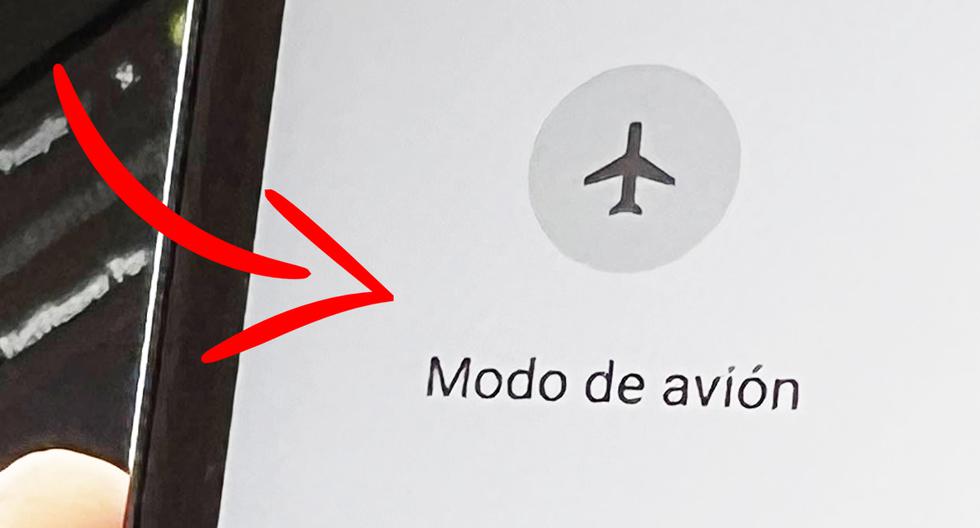Investing.com – The US dollar lost positions in early trading Friday in Europe, although it was on track for its third straight weekly gain as expectations rose for a US interest rate hike.
By 09:15 AM ET (0915 GMT), the euro, which tracks the currency against a basket of six other major currencies, was down 0.1% at 104.040, just below Thursday’s two-month high of 104.31.
Despite the slight losses on Friday, the greenback is still on track for its third weekly gain in a row, of just under 1% as traders position themselves on the prospect of holding US rates steady for longer.
Data released Thursday shows that the number of US filings rose slightly last week, to 229,000, while growth in the first quarter was revised up to 1.3% from 1.1%.
On Friday, attention will focus on the publication of the Fed’s preferred inflation measure ahead of its June meeting.
With inflation stabilizing, expectations are rising for another rate hike in June, and futures traders are almost evenly split between expecting a rate hike and a pause.
The dollar was also strengthened this week, given its safe-haven status, by the lack of progress in reaching an agreement to raise the US public debt ceiling, which stands at $31.4 trillion, as the early June deadline approaches.
Reuters reported Thursday that the two sides appeared to be close to reaching an agreement, but that any deal would have to be approved by the Republican-controlled House of Representatives and the Democratic-controlled Senate.
Elsewhere, the pair rose to 1.0731, holding near two-month lows, although officials hinted at more rate hikes to tame still-high inflation.
“To drive away the specter of inflation, we acted decisively in the European system,” Bundesbank President Joachim Nagel said Thursday. “The ECB Governing Council will continue this course of monetary tightening to deal with high inflation.”
The pair indicates an increase of 0.2% to the level of 1.2344, after rising more than expected in April, 0.5% compared to March, higher than the expected 0.3% and an improvement over the previous month’s decline of 1.2%.
With the rate continuing to be higher in the G7, along with Italy, and consumer spending showing some resilience, the rate is likely to pick up again next month.
The pair fell 0.2% to 139.78, just below a six-month high, and weaker-than-expected data on Friday reinforced expectations that the Bank of Japan will not tighten monetary policy this year.
The pair rose 0.3% to 0.6522, while the pair fell 0.4% to 7.0524, recovering after reaching a near six-month high, although it is still well above the key 7 level.





